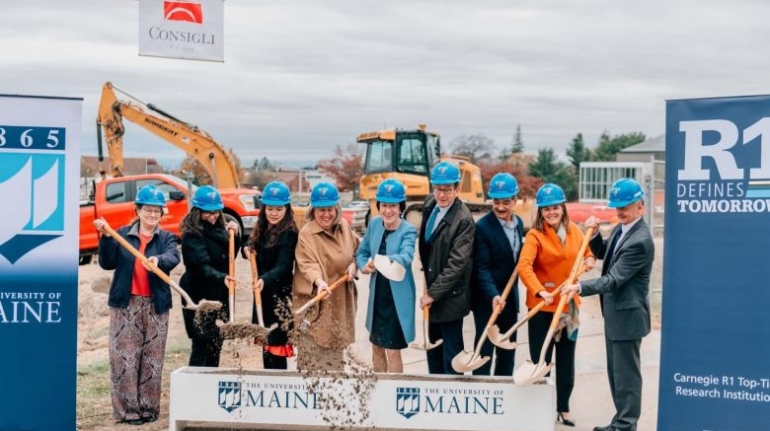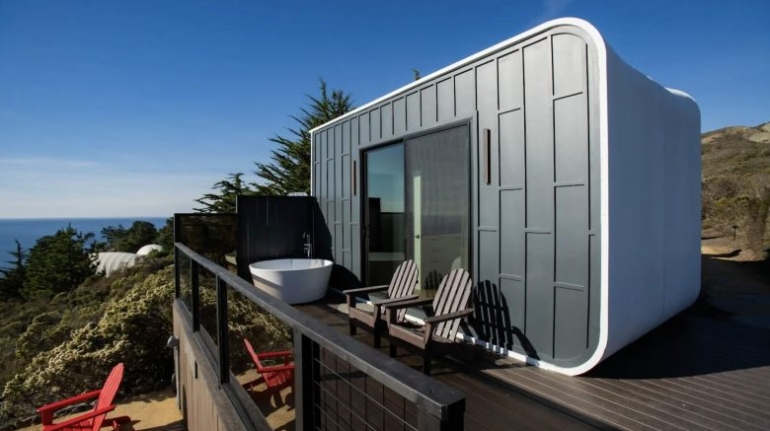Aridditive raises €500,000 to advance 3DCP Construction 3D Printing
Aridditive, a construction 3D printing spin-off from the Universitat Politècnica de Catalunya and CIM UPC, In Barcelona, has closed a €500,000 Pre-Seed funding round, led by BeAble Capital with participation from Suma Capital. This backing, along with the Startup Capital support from ACCIÓ, will allow the company to accelerate the development of its concrete 3D printing technology – focused on automation, digitalization, and sustainability within the construction sector.



